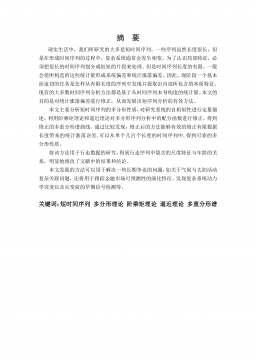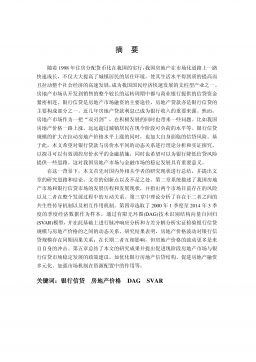在元功能理论框架下对高中英语阅读多模态教学的实证研究
在元功能理论框架下对高中英语阅读多模态教学的实证研究摘要阅读,作为积累知识,获取信息的必要渠道,以及衡量语言水平高低的评判标准,其重要性在英语教学中不言而喻。多模态话语分析理论作为多媒体技术飞速发展的产物,对阅读教学产生了巨大的影响。教师在课堂上进行多模态教学,不仅能提高学生的阅读水平,而且能够增强其自主合作的学习意识。元功能理论为多模态课堂提供了坚实的理论框架。在阅读教学中,符号资源之间的相互作用能帮助构建符号的概念意义,展现人际意义,以及实现文本的语篇意义。在元功能理论框架指导之下,学生在接受符号资源相互作用的过程中完成了意义建构和知识积累,同时教师在此过程中完成教学目标。然而,针对多模态...
相关推荐
-
10KV电网D-SCADA 系统信息采集与故障诊断研究与设计VIP免费

 2024-10-14 25
2024-10-14 25 -
方形吸顶散流器平送风等温射流特性研究VIP免费

 2025-01-09 7
2025-01-09 7 -
关于充液声导波传感器中频散兰姆波的研究VIP免费

 2025-01-09 10
2025-01-09 10 -
结合梁斜拉桥施工过程中考虑剪力滞影响的分析方法VIP免费

 2025-01-09 6
2025-01-09 6 -
空调房间热舒适性的数值模拟与实验研究VIP免费

 2025-01-09 7
2025-01-09 7 -
汽车前轮线控转向系统研究VIP免费

 2025-01-09 8
2025-01-09 8 -
输入分配型混合动力车辆动力系统控制策略研究VIP免费

 2025-01-09 7
2025-01-09 7 -
双馈风力发电系统的柔性并网控制研VIP免费

 2025-01-09 9
2025-01-09 9 -
污水处理厂污泥好氧堆肥发酵技术的试验研究VIP免费

 2025-01-09 7
2025-01-09 7 -
应用风室试验装置的风机性能VIP免费

 2025-01-09 8
2025-01-09 8
相关内容
-

汽车前轮线控转向系统研究
分类:高等教育资料
时间:2025-01-09
标签:无
格式:PDF
价格:15 积分
-

输入分配型混合动力车辆动力系统控制策略研究
分类:高等教育资料
时间:2025-01-09
标签:无
格式:PDF
价格:15 积分
-

双馈风力发电系统的柔性并网控制研
分类:高等教育资料
时间:2025-01-09
标签:无
格式:PDF
价格:15 积分
-

污水处理厂污泥好氧堆肥发酵技术的试验研究
分类:高等教育资料
时间:2025-01-09
标签:无
格式:PDF
价格:15 积分
-

应用风室试验装置的风机性能
分类:高等教育资料
时间:2025-01-09
标签:无
格式:PDF
价格:15 积分






